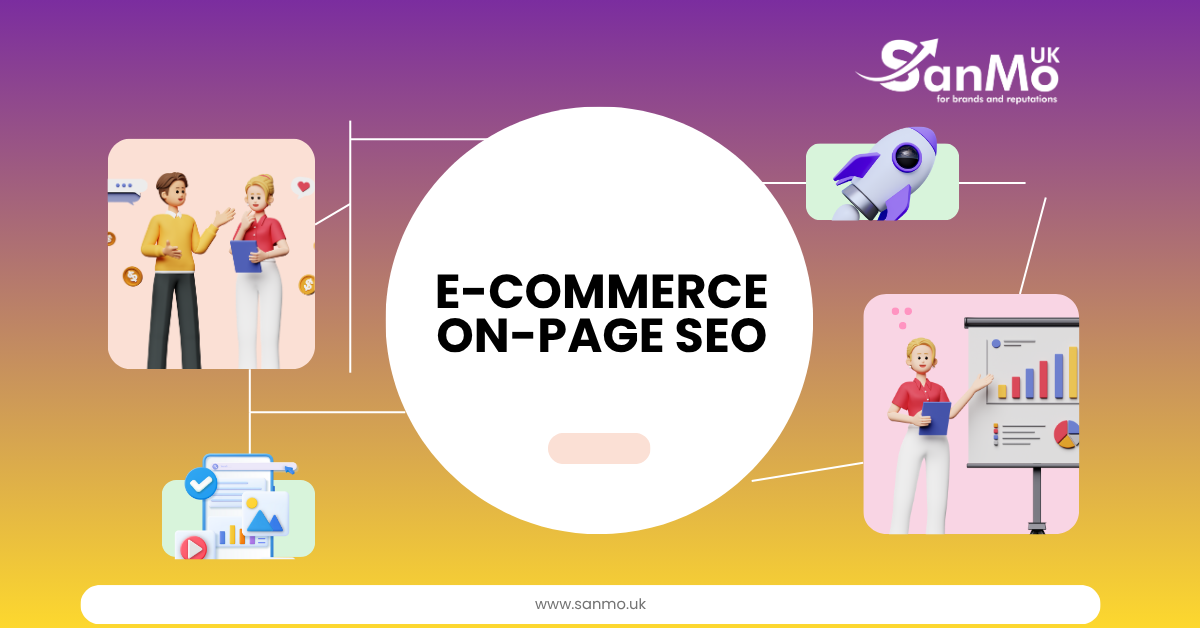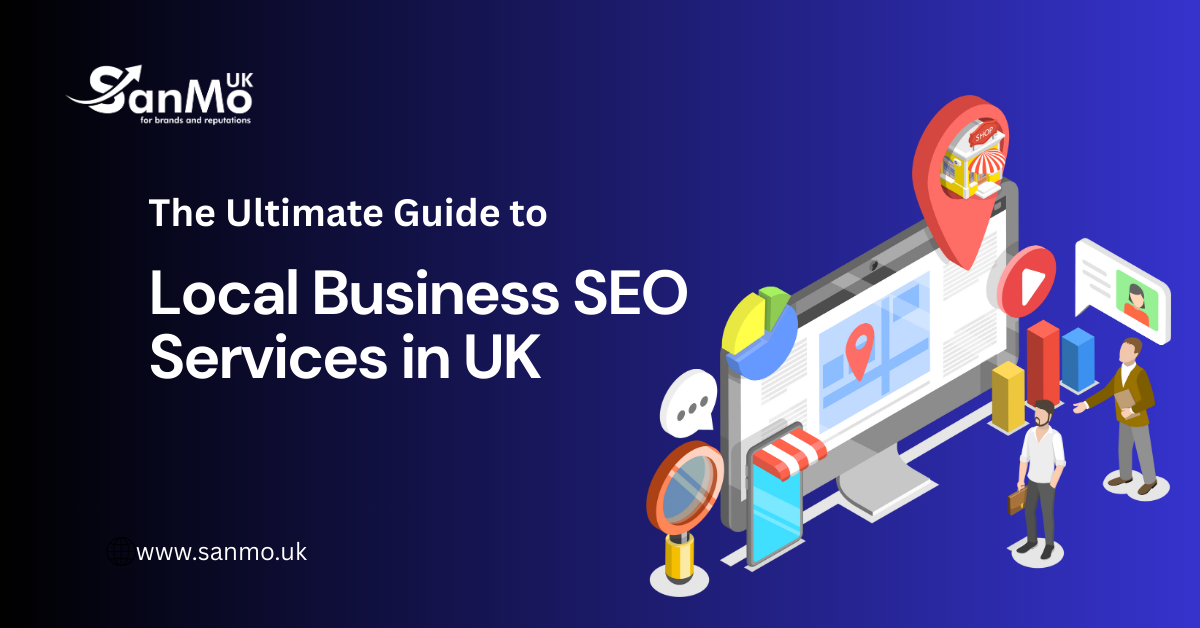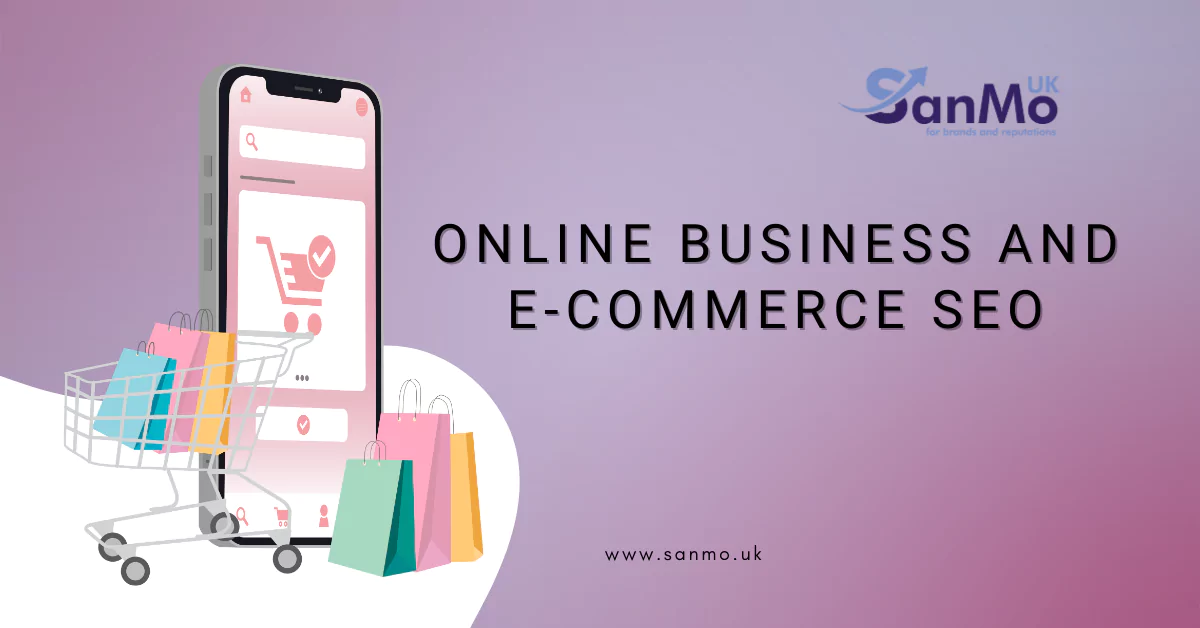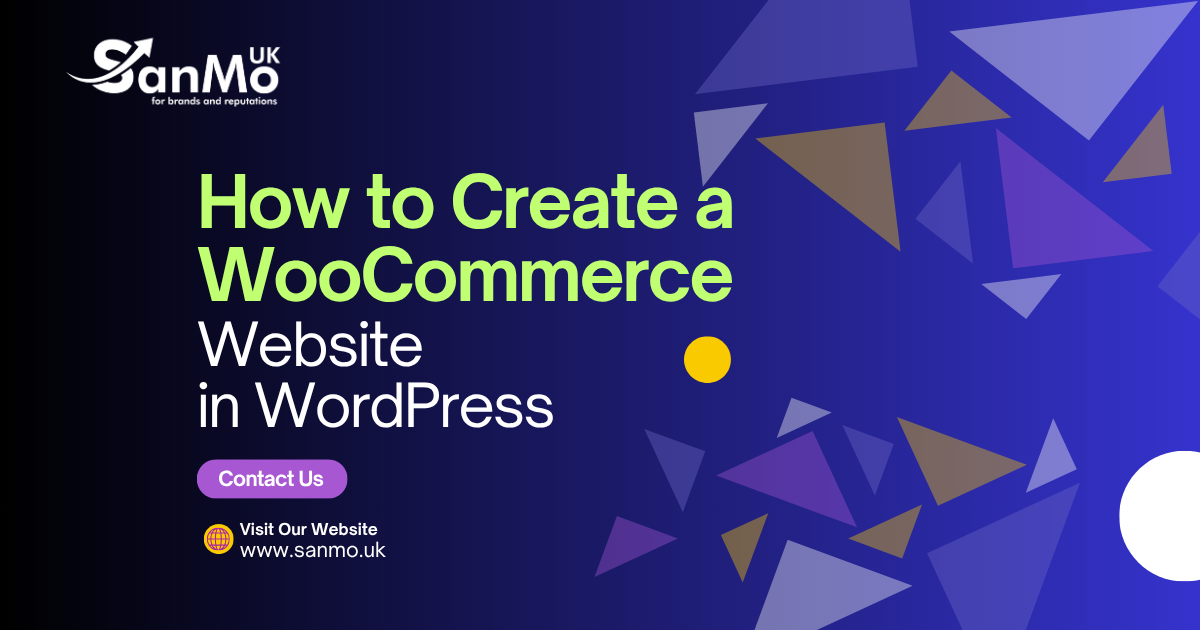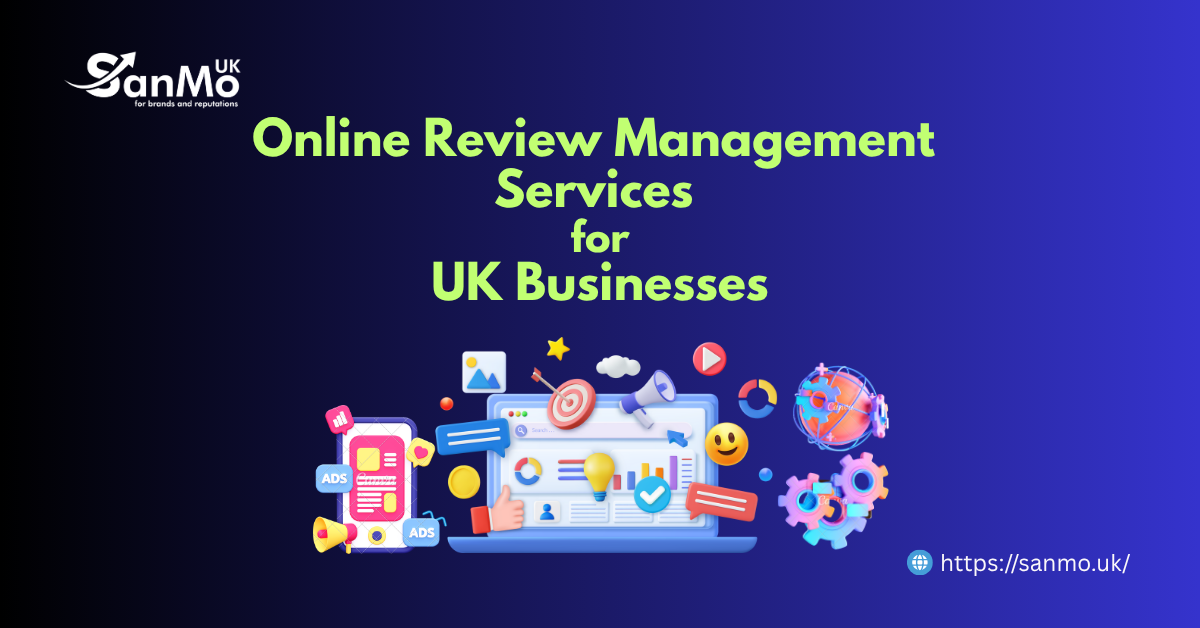For an e-commerce brand, a high-ranking website isn’t just a vanity metric; it’s the engine of your business. Every day, potential customers search for products you sell. The question is, will they find your store or a competitor’s? The answer often lies in how well you’ve optimized your site for search engines. While the world of Search Engine Optimization (SEO) is vast, its foundation is built on a crucial discipline: on-page SEO.
Getting your on-page SEO right means you’re not just hoping for traffic—you’re strategically attracting qualified buyers who are actively looking for your products. It’s the difference between being a digital needle in a haystack and a beacon that guides customers directly to your product pages. A well-optimized site speaks Google’s language, provides a seamless user experience, and ultimately turns clicks into conversions.
At SanMo UK, we’ve seen firsthand how a data-driven on-page SEO strategy can transform a struggling online store into a thriving market leader. This comprehensive guide will walk you through everything you need to know to implement these powerful techniques for your own UK-based e-commerce brand.
1. What Is On-Page SEO Optimization?
On-page SEO optimization refers to all the measures taken directly within your website to improve its position in search engine rankings. Think of it as organizing your physical storefront. You’d want clear signage (headings), logical aisle layouts (site structure), and helpful product labels (content) to help customers find what they need. On-page SEO does the same for search engines and online shoppers.
It’s important to distinguish this from off-page SEO, which involves external signals like backlinks from other websites, social media mentions, and local citations. While off-page SEO builds your site’s authority, on-page SEO ensures your content is relevant, accessible, and valuable. For an e-commerce site, this is particularly critical for product and category pages, as each one is a potential entry point for a customer.
So, what is on-page optimization in SEO? It is the strategic optimization of website elements like content, title tags, URLs, and images to align with what both search engines and users are looking for.
2. Why On-Page SEO Is Important for E-Commerce Sites
Focusing on on-page SEO is non-negotiable for any e-commerce business aiming for sustainable growth. Here’s why on-page SEO is important:
- Drives Qualified Organic Traffic: By optimizing for keywords your target audience is searching for, you attract shoppers who have a high intent to purchase. This traffic is not only free but also highly convertible.
- Helps Google Understand Your Content: Clear on-page signals, like keyword-rich titles and structured data, help search engines understand the context of your pages. This allows them to match your products with relevant search queries more accurately.
- Improves User Experience (UX) and Conversion Rates: A well-optimized site is inherently user-friendly. Fast load times, intuitive navigation, and mobile-responsive design reduce friction and encourage visitors to complete their purchase.
- Supports Faster Indexing: When you have a clean site structure and use internal linking effectively, you make it easier for search engine crawlers to discover and index your new product pages, getting them in front of customers faster.
3. Key Elements of On-Page SEO Optimization
To perform effective on-page optimization in SEO, you need to focus on several core components. These elements work together to create a cohesive and powerful signal to search engines.
a. Title Tags & Meta Descriptions
- Title Tags: This is the clickable headline that appears in search results. It should be under 60 characters and include your primary keyword, ideally near the beginning. For a product page, it might look like: “Men’s Waterproof Hiking Boots | BrandName UK”.
- Meta Descriptions: This is the short summary (under 155 characters) below the title tag. While not a direct ranking factor, a compelling meta description entices users to click. Mention key benefits, free shipping, or a unique selling point.
b. URL Structure
Your URLs should be clean, logical, and easy to read. A good URL structure helps both users and search engines understand the page’s content at a glance.
- Good:
yourstore.com/mens-shoes/hiking-boots - Bad:
yourstore.com/prod_id=123?cat=45
c. Heading Tags (H1, H2s)
Headings structure your content and signal importance.
- H1 Tag: Each page should have only one H1 tag, which serves as the main title of the page. It should contain your primary keyword.
- H2 Tags: Use H2s for major subheadings to break up content and target secondary keywords. For example, “Features,” “Specifications,” and “Customer Reviews.”
d. Image Optimization
High-quality images are essential in e-commerce, but large files can slow down your site.
- Alt Text: Provide descriptive alt text for every image. This helps visually impaired users and gives search engines context. Include keywords where it feels natural (e.g., “front view of BrandName red running shoe”).
- Compression: Use tools like TinyPNG to compress images without sacrificing quality, which improves page speed.
e. Keyword Usage & Placement
Keywords should be integrated naturally throughout your content. Place your primary keyword in the H1, title tag, URL, and the first 100 words of your content. Sprinkle secondary and long-tail keywords in subheadings and body text.
f. Internal Linking Strategy
Internal links connect pages on your website, distributing authority and helping users navigate. Link from high-traffic blog posts to relevant product pages, and link between related products to encourage cross-sells.
g. Mobile Optimization
With a significant portion of online shopping happening on mobile devices, a responsive design is mandatory. Your website must provide a seamless experience across all screen sizes. Google uses mobile-first indexing, meaning it primarily ranks your site based on its mobile version.
h. Page Speed & Core Web Vitals
Slow-loading pages frustrate users and hurt rankings. Google’s Core Web Vitals measure user experience factors like loading speed (LCP), interactivity (FID), and visual stability (CLS). Use Google’s PageSpeed Insights tool to test your site and get recommendations for improvement.
4. On-Page SEO Tips Specific to E-Commerce
E-commerce sites have unique challenges and opportunities. Here are some tips tailored for online stores:
- Optimize Product Descriptions: Don’t use the manufacturer’s generic description. Write unique, compelling copy that includes long-tail keywords (e.g., “lightweight vegan leather tote bag for work”).
- Unique Content for Each Page: Avoid duplicate content across product and category pages. Each page should offer distinct value.
- Structured Data (Schema Markup): Implement schema markup to create “rich snippets” in search results. This can display product ratings, price, and stock availability directly on the SERP, increasing click-through rates.
- Breadcrumbs: Use breadcrumb navigation to show users their path on your site (e.g., Home > Men’s Clothing > Shirts). This improves UX and helps search engines understand your site hierarchy.
- Reviews and FAQs: Encourage customer reviews and add a FAQ section to product pages. This user-generated content adds fresh, relevant keywords and builds trust.
- Canonical Tags: For products with multiple variants (e.g., different colors), use canonical tags to tell Google which URL is the master version, preventing duplicate content issues.
5. How to Do On-Page SEO in WordPress (or Shopify)
Most e-commerce platforms offer built-in tools or plugins to manage on-page SEO.
For those wondering how to do on-page SEO in WordPress (using WooCommerce), the process is straightforward with the right tools:
- Install an SEO Plugin: Tools like Rank Math or Yoast SEO provide a user-friendly interface to manage on-page elements. They guide you through optimizing title tags, meta descriptions, and keywords for each page and product.
- Set Custom Permalinks: In WordPress settings, choose a “Post name” permalink structure. This creates clean, keyword-rich URLs for your pages and products.
- Optimize Each Product Page: When adding a new product, scroll down to the SEO plugin’s section. Manually write a unique title and meta description. Add descriptive alt text to your product images in the media library.
- Use Categories and Tags: Organize your products into logical categories and use tags to further group related items, which helps with internal linking and site structure.
Shopify has many of these features built in, allowing you to edit titles, descriptions, and alt text directly within the product editor. It also automatically generates canonical tags.
6. What Is an On-Page SEO Checklist?
A checklist ensures consistency and prevents you from missing crucial steps. It’s a framework for every new page you create. So, what is an on-page SEO checklist? It’s your repeatable recipe for success.
Sample On-Page SEO Checklist:
- Primary keyword is in the URL, title tag, and H1 tag.
- Meta description is compelling and under 155 characters.
- Content is 300+ words of unique, valuable text.
- All images have descriptive, keyword-optimized alt text.
- At least 2–3 internal links to relevant pages are included.
- At least one external link to a reputable source is included (if applicable).
- Page is mobile-friendly and passes Google’s Mobile-Friendly Test.
- Page loads quickly (under 3 seconds).
- Schema markup (Product, Review, FAQ) is implemented.
- A canonical tag is in place to avoid duplicate content.
7. How to Make an On-Page SEO Report
A report helps you track progress and identify areas for improvement. Wondering how to make an on-page SEO report? It should document your findings and provide clear, actionable recommendations.
Key Sections to Include:
- Current Rankings: List the current search rankings for your target keywords.
- Page Structure Analysis: Review the use of title tags, headings, and URLs.
- Keyword Usage: Analyze how effectively keywords are integrated into the content.
- Technical Elements: Check page speed, mobile-friendliness, and schema implementation.
- Recommendations: Provide a prioritized list of actions to take.
Tools like Google Search Console, Ahrefs, and Screaming Frog are invaluable for gathering this data.
8. Conducting an On-Page SEO Audit
An audit is a deep dive into your site’s on-page health. You can perform a manual on-page SEO audit by following your checklist for key pages. For a more comprehensive analysis, use tools like SEMrush or Sitebulb to crawl your entire site and identify issues like:
- Technical SEO Errors: Broken links, 404 errors, and redirect chains.
- Content Gaps: Opportunities to create new content for untapped keywords.
- Keyword Cannibalization: When multiple pages compete for the same keyword.
9. On-Page SEO vs. Off-Page SEO: What’s the Difference?
It’s crucial to understand what is the difference between on-page and off-page SEO.
|
Aspect |
On-Page SEO |
Off-Page SEO |
|---|---|---|
|
Focus |
Optimizing elements on your website. |
Building authority and trust outside of your website. |
|
Activities |
Content creation, keyword optimization, title tags, image alt text, internal linking. |
Link building, guest posting, social media marketing, online reviews, influencer outreach. |
|
Goal |
Make your site relevant, user-friendly, and easy for search engines to crawl. |
Show search engines that your site is a credible and authoritative source of information. |
On-page SEO lays the foundation. Off-page SEO builds the house on top of it. Both are essential for long-term success.
10. How SanMo UK Can Help Optimize Your E-Commerce SEO
Implementing a thorough on-page SEO strategy takes time, expertise, and continuous effort. At SanMo UK, we specialize in creating tailored SEO packages for UK-based e-commerce brands. We handle everything from in-depth audits and strategic keyword research to ongoing content optimization and detailed reporting. Our goal is to take the complexity out of SEO so you can focus on running your business.
We can help you:
- Conduct a comprehensive SEO audit to identify your biggest opportunities.
- Develop a data-driven strategy to increase qualified traffic.
- Provide ongoing support to ensure your site stays ahead of the competition.
Ready to see how we can help your online store grow? We invite you to book a free, no-obligation strategy session with our team.
Foundation for Growth
A strong on-page SEO strategy is the bedrock of e-commerce success. It’s a continuous process of refining, testing, and updating your site to meet the evolving needs of search engines and customers. By regularly auditing your pages and creating high-quality, optimized content, you build a sustainable channel for growth that pays dividends for years to come. Don’t let your competitors capture the customers that should be yours.
Want to grow your online store faster? Get in touch with SanMo UK for a free SEO audit today!
FAQ: On-Page SEO for E-Commerce
What is the most important part of on-page SEO?
Title tags and keyword-rich content are vital. But without fast loading and mobile optimization, your rankings will still suffer. A holistic approach that addresses all elements is most effective.
How often should I update my on-page SEO?
Regularly. We recommend auditing and updating key product pages and blog posts every 3–6 months to ensure they remain relevant, competitive, and aligned with current search trends.
Can I do on-page SEO myself?
Yes, with the right tools, knowledge, and a significant time commitment, you can manage your own on-page SEO. However, expert agencies like SanMo UK can help you navigate the complexities and avoid costly mistakes that could harm your rankings.
Do I need different SEO for every product page?
Absolutely. Each product page should target unique keywords and feature original, descriptive content. This avoids keyword cannibalization and ensures each page has the best possible chance to rank for relevant queries.
How long does it take to see results from on-page SEO?
The timeline for results can vary. You might see minor ranking changes in a few weeks, but significant and stable improvements in organic traffic and rankings typically take 3–6 months of consistent effort.

